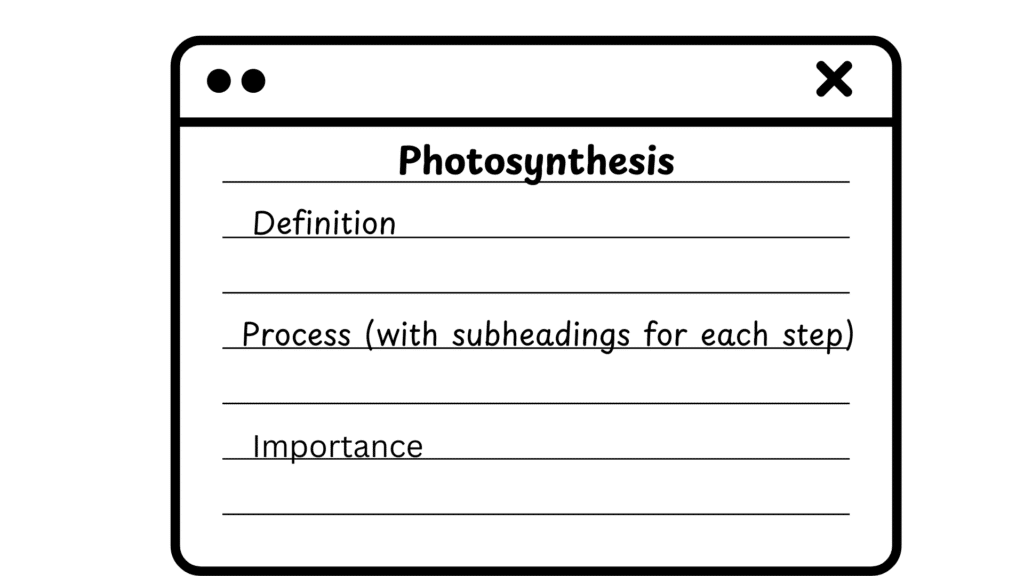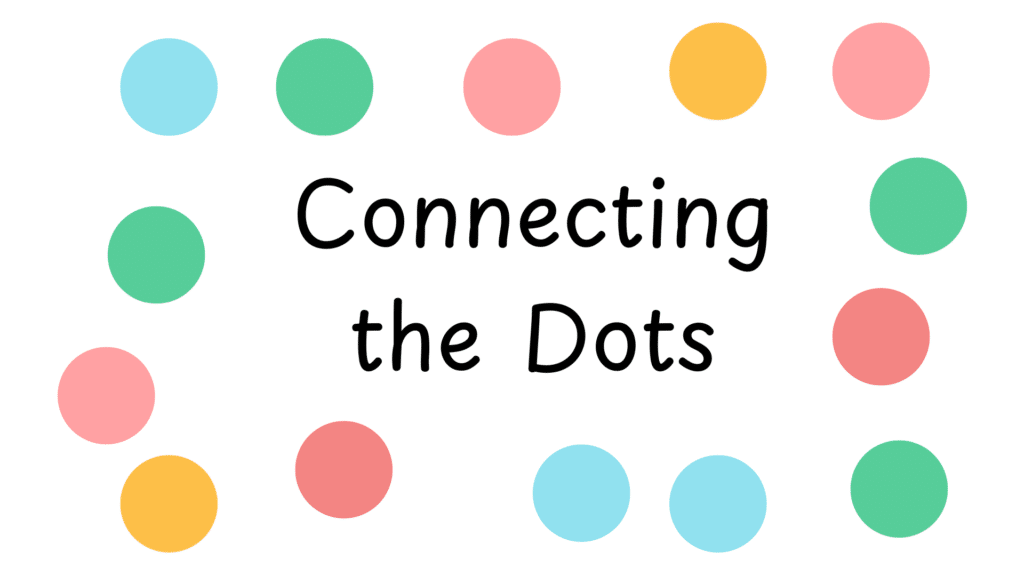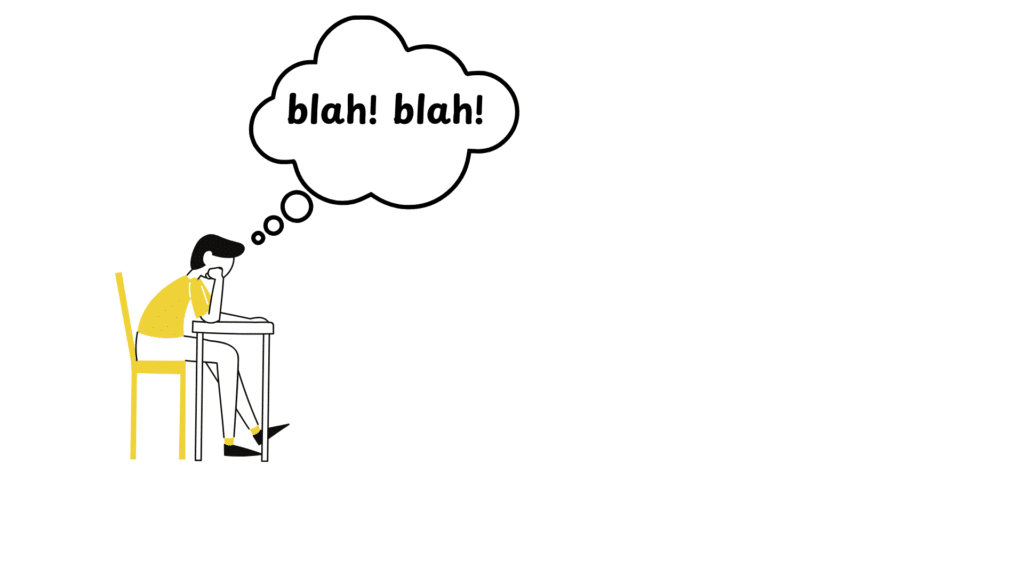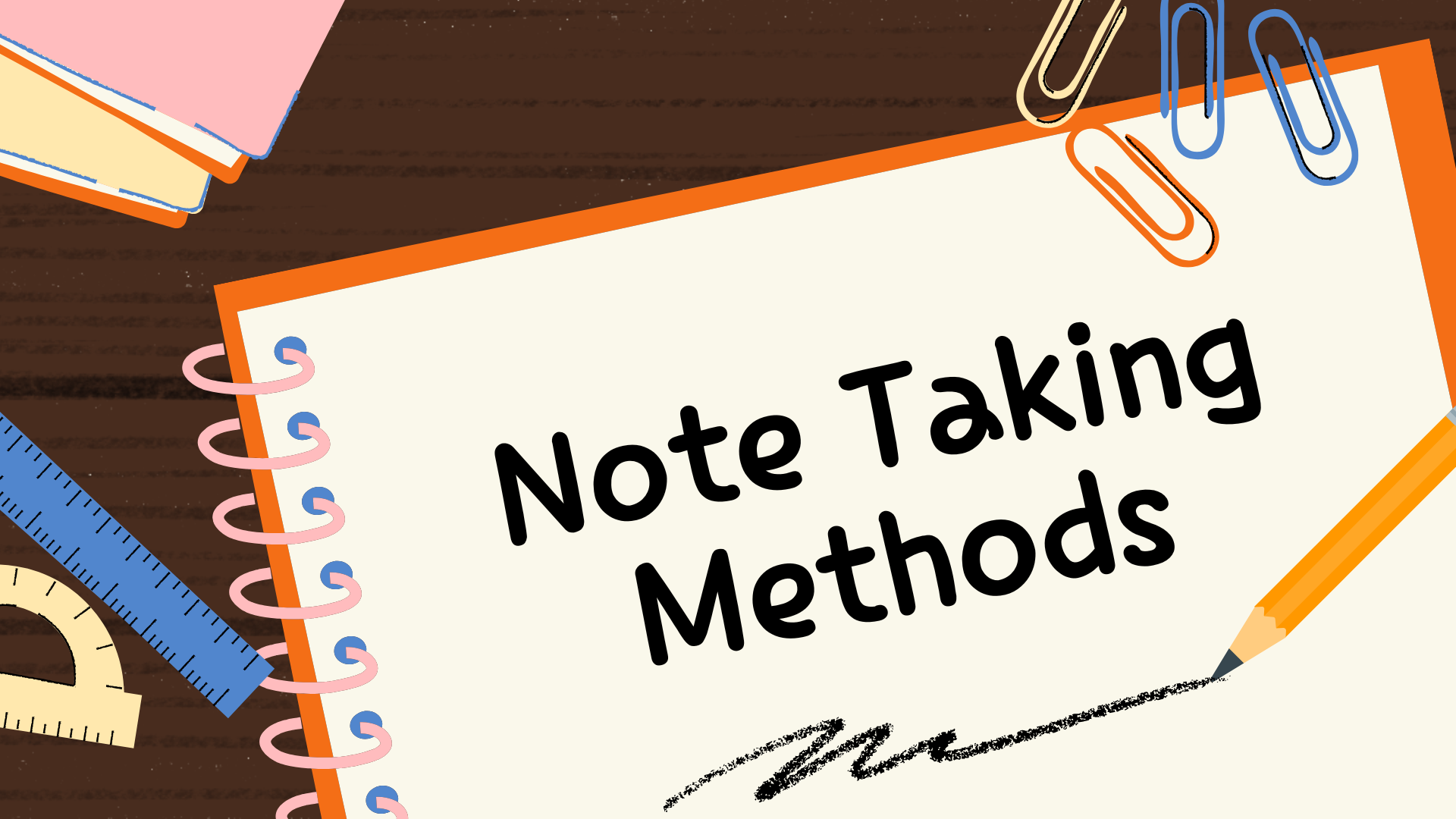5 Reasons You Can’t Memorize Anything From Your Notes
Ever stared at your notes for hours only to forget everything the moment you close your notebook? You’re not alone. A shocking 80% of what we learn is forgotten within 24 hours – but here’s the kicker: it’s probably not your fault.
In this guide, we’ll uncover the five sneaky culprits behind your note-taking troubles and, more importantly, show you how to fix them. Whether you’re cramming for finals or preparing for that career-defining presentation, these solutions will transform your notes from confusing scribbles into memory powerhouses.
1. Your Notes Are a Hot Mess
Let’s start with the obvious. If your notes look like the aftermath of a cat walking over your keyboard, you’re setting yourself up for failure. Disorganized notes make it harder for your brain to connect the dots.
Illegible handwriting, random doodles, and cramped text aren’t doing your memory any favours.
Picture this: you’ve just come out of a lecture and frantically jotted down everything the teacher said half in shorthand, half in illegible scribbles, and the other half in random diagrams that even you can’t decipher. Sound familiar? If your notes are all over the place, your brain is not going to have an easy time processing them.
Why Disorganized Notes Hurt Memory
Your brain thrives on structure. It loves patterns, clarity, and logical flow. When your notes lack these elements, your brain doesn’t know where to start. Disorganized notes are like a cluttered desk overwhelming and impossible to navigate efficiently.
“Organization is not about perfection; it’s about efficiency, reducing stress and clutter, saving time and money, and improving your overall quality of life.”
How to Fix Your Notes: Step-by-Step Guide
Start with a Clear Layout:
Use headings, subheadings, and bullet points. A good structure helps your brain categorize and connect ideas. Divide your notes into sections based on topics or themes.
Example:
Main Topic: Photosynthesis
Definition
Process (with subheadings for each step)
Importance
Be Selective About What You Write:
Don’t try to capture everything. Focus on the key points, concepts, and ideas. Summarize instead of transcribing. Use abbreviations where possible, but ensure they’re meaningful enough to decipher later.
Use Colours Intentionally:
if you have different coloured pens Highlight important points in different colours:
Leverage Digital Tools for Cleanliness:
If your handwriting isn’t great or you tend to lose paper notes, digital tools like Notion, OneNote, or Evernote are lifesavers. These platforms allow you to organize content with headings, tags, and even attach relevant files.
2. You’re Passively Reading, Not Actively Learning
If you think staring at your notes will magically make them stick, spoiler alert: it won’t. Passive reading is like watching Netflix in the background—you’ll barely recall anything. If only it were that easy, right?
Passive reading, involves skimming over notes without engagement
Your brain is a curious machine that thrives on interaction. When you passively consume information, it files it under “unimportant” and quickly forgets it. The secret? Active learning.
How to Actively Learn From Your Notes
Turn Notes Into Questions:
Instead of just reading, create questions out of your notes. For example:
Answering these questions forces your brain to recall and engage with the material.
Summarize Out Loud:
Pretend you’re teaching someone else. Explaining concepts in your own words helps you process the information more deeply.
Pro Tip: Teach your pet,
your mirror, or even your favourite plant
if no one is around. They won’t judge right!
Use the Feynman Technique:
hear me out, this technique might sound intimidating but its not i promise, it involves
Example: Instead of “Photosynthesis converts light energy into chemical energy,” you could write, “Plants use sunlight to make food, kind of like solar-powered chefs.”
Interactive Methods for Active Learning
Quizzes:
Turn your notes into quizzes using tools like Quizlet or make flashcards. Test yourself regularly to see how much you’ve retained.
Group Discussions:
Study with friends and debate concepts. This not only helps you see different perspectives but also strengthens your understanding.
I once joined a group study session where we turned history timelines into mini skits. Let’s just say I’ll never forget Napoleon’s dramatic fall.
Mind Maps:
Organize related ideas visually using mind maps. Start with the main topic in the center and branch out to subtopics and examples.
Common Pitfalls in Active Learning
Overcomplicating Things:
Active learning doesn’t mean you need to spend hours creating elaborate study aids. Keep it simple and effective.
Skipping the Reflection Stage:
After engaging with your notes, pause to reflect. Ask yourself, “What did I learn? What do I still find confusing?”
“Tell me and I forget. Teach me and I remember. Involve me and I learn.”
By shifting from passive reading to active engagement, you’re not just reading your notes—you’re interacting with them. This makes the material more meaningful and easier to memorize.
3. You’re Not Connecting the Dots
Have you ever read through a bunch of notes and thought, “Okay, this makes sense…but only as a stand-alone thing?” That’s because your brain thrives on connections. When information exists in isolation, it’s like trying to assemble a jigsaw puzzle with pieces from five different puzzles—it’s not going to click.
If you want to memorize anything from your notes, you need to help your brain build bridges between concepts. Think of this as your mental web, with all ideas linked together, making it easier to retrieve and recall information when needed.
Why Linking Ideas Matters
Memory Works Through Association:
Your brain stores information in networks. The stronger the links between ideas, the easier it is to recall them.
Reinforcement of Learning:
Relating new information to something you already know strengthens memory pathways, making it harder to forget.
for example When learning about Newton’s laws of motion, relate the concept to riding a bike (e.g., pedaling harder makes you go faster= mass × acceleration).
How to Connect the Dots
Use Analogies and Metaphors
Analogies are like memory superglue—they stick! Relate complex concepts to everyday situations.
Examples:
Photosynthesis: “It’s like plants having their personal chef, whipping up food from sunlight.”
Neurons: “Think of neurons as the internet cables in your brain, sending data back and forth.”
Analogies make abstract concepts tangible and easier to recall.
Avoid the “Memory Dump” Trap
Don’t Memorize Facts:
For example, instead of just remembering “Einstein’s equation is E=mc²,” explore its significance. How did it revolutionize physics? Where is it applied in real life? (very important)
Don’t Overload Your Brain at Once:
Take small chunks of related information and review them before moving on to the next topic.
Your notes are more than just words on a page they’re pieces of a bigger puzzle. By linking ideas, using analogies, and visuals, you’ll turn confusing facts into a well woven narrative.
4. You’re Not Reviewing Your Notes Regularly
We’ve all been there cramming every single chapter the night before an exam, hoping our brains will magically absorb it all. But here’s the catch: your brain isn’t a sponge, and information overload is its worst enemy. If you’re trying to stuff too much information in too little time, you’re setting yourself up for failure.
Why Overloading Sabotages Memory
The Brain Needs Downtime:
Your brain processes and organizes information during rest. Without breaks, new knowledge has no chance to settle into long-term memory.
Cognitive Fatigue Sets In:
When you push your brain too hard, it becomes less effective at retaining information. Ever felt like you’re “reading the same sentence 10 times” and still not getting it? That’s mental exhaustion.
Instead of studying for 10 hours straight, break it into smaller sessions over several days. Spaced repetition strengthens memory by allowing your brain to revisit and reinforce information periodically.
Plan for Memorizing Notes:
Day 1: Learn Chapter 1 concepts.
Day 2: Review Chapter 1 briefly, then start Chapter 2.
Day 3: Review Chapters 1 and 2, and move to Chapter 3.
This technique ensures steady absorption without overwhelming your mind.
5. You’re Not Engaged with the Material
Let’s face it: if your notes bore you to tears, your brain isn’t exactly going to roll out the red carpet to welcome them in. When you’re not actively interested or emotionally engaged with the material, it’s like trying to hold water in a leaky bucket it just doesn’t stick.
Your brain loves a good story, a splash of excitement, or even a dash of humor. If the material doesn’t stir up some level of emotion or curiosity, it’s more likely to be forgotten.
lets say your doing something that is engaging to you, your brain goes into “active mode,” asking questions, making connections, and solving problems. but why is that so
How to Make Your Learning Experience Engaging
1. Find the “Why” Behind the Material
this is very important and should not be ignored, Ask yourself: Why does this matter? or How does this connect to the real world? When you see the purpose behind what you’re learning, it becomes more interesting and relevant.
Example:
Studying algebra? Think of it as the foundation for computer programming or engineering.
Learning history? Imagine yourself as a time-traveling detective uncovering how the past shapes the present.
2. Turn Learning Into a Game
Gamifying your study sessions can make even the dullest topics fun.
Create trivia quizzes or flashcards and challenge yourself to beat your previous score.
Use apps like Kahoot or Quizlet for interactive learning.
Reward yourself with something small (like chocolate or a quick TikTok break) for every milestone you achieve.
3. Add Visual Elements
Visuals make information more engaging and easier to recall.
Turn complicated processes into flowcharts or illustrations.
Use highlighters or coloured pens to categorize information.
Inject humour into your notes by doodling funny characters or scenarios to represent concepts.
Example: Instead of just writing, “The Treaty of Versailles ended World War I,” draw a cartoon of nations shaking hands awkwardly with a side-eye emoji.
4. Incorporate Multimedia Learning
Don’t just stick to your notes mix things up! Watch videos, listen to podcasts, or find interactive simulations that bring the material to life.
Example: If you’re learning about the solar system, watch a YouTube animation of planetary orbits instead of just reading about them.
5. Personalize Your Notes
Tailor your notes to reflect your personality. This creates a deeper connection to the material and makes it more fun to revisit.
Use quirky abbreviations, acronyms, or nicknames for complex terms.
Write in your voice—add jokes, side comments, or pop culture references.
Include personal examples. For instance, if learning about inertia, think about how your couch potato tendencies resist movement!
Common Mistakes That Kill Engagement
Staring at pages of plain text without interaction is a sure fire way to zone out, so please once you feel dozy drop the book and go to bed
Trying to engage with too much material at once can backfire. Stick to manageable chunks of information.
Start with broad concepts that peak your interest before diving into the nitty-gritty.
Conclusion
what a wild ride, i do hope you learnt something from this and please remember If you’ve ever stared at your notes, feeling frustrated and defeated because nothing seems to stick, you’re not alone. We’ve all been there questioning our abilities, wondering if we’re just not cut out for this. But here’s the truth: it’s not you. It’s the way you’ve been approaching your learning. its all about your process CHANGE YOUR PROCESS, want to lean more about note taking check out 6 Note Taking Methods The Ultimate Guide.
Did you know that humans forget 50% of new information within an hour if they don’t review it? What’s one tip from this post that you’ll start using today to beat the forgetting curve? Let me know in the comments!
Get actionable tips, tools, and strategies straight to your inbox designed to help you crush your goals and make the most of your time. Join the No Slack Zone newsletter today and become the best version of yourself.










So true learnt a lot 😅